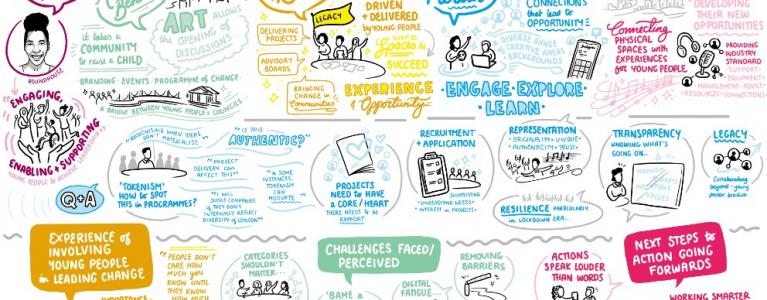
What are effective and long-lasting ways to lead change with young people?
We brought together people involved in London Borough of Culture on 2 March 2021 to explore this question, inviting peers and project leaders to discuss their experiences and reflect on what can be, and has been, achieved in cultural projects involving young people.
What did we learn about leading change with young people?
The discussion highlighted areas of key importance for young people, and how to create spaces for them to lead change:
Young people don’t care how much you know until they know how much you care
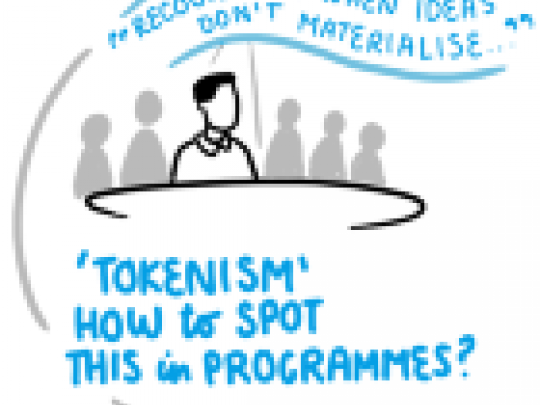
1. Tokenism and authenticity
- Young people can tell when engagement is inauthentic and tokenistic. If a company invites young people in from marginalized backgrounds, but isn’t already hiring diversely, this can be off-putting. No young person wants to be invited into spaces that feel unsafe for them, or where they’re only invited to speak on identity issues.
- Young people’s programmes are often pushed aside into ‘learning’ or ‘participation’. The Paul Hamlyn Asset Based Framework presents a model that values them as core assets to a company.
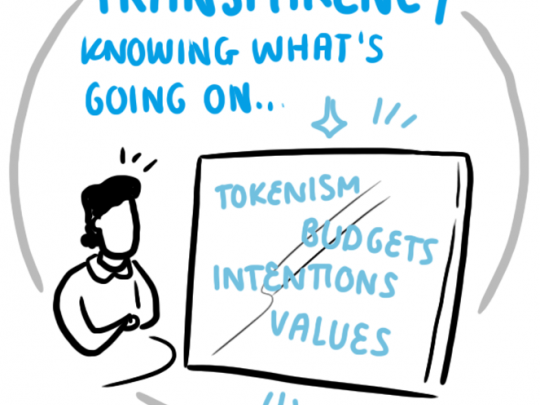
2. Transparency is key
- Be transparent about what you expect from the young people, and about what they can expect to get out of the opportunity.
- Be realistic about how much time they’re being asked to put in and give them space to step back, if they have to focus on studies for example.
- Telling them upfront what a free training opportunity costs the organisation is one way to help them weigh up the benefits of the opportunity.
- It’s essential to build a genuine rapport. If the connection is only surface level, they will not continue engaging.
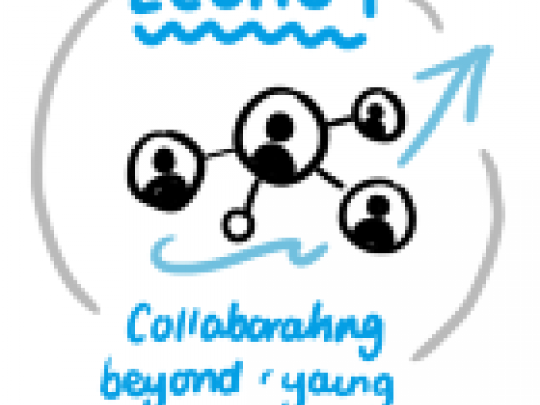
3. Long term thinking and exit strategies
- Create viable professional routes for young people across the arts and creative sectors, and continue engaging with them beyond the ‘young person’ bracket. This will retain talent in boroughs and have a longer lasting impact on individuals and communities.
- Be upfront with the young people about what the transition process and pathways will be once the programme ends.
- Setting up long term goals (3-5 years) from the outset can be helpful. Some projects leaders suggest tailoring programmes to the specific needs of the young people involved, and then determining project outcomes based on these needs.
- Consider joint approaches across different programmes for young people. One project can’t do everything, but it can excel in its area of expertise.
Continue to work with the young people you have connected with after the project, they likely want to continue a relationship.
What approaches work best for young people?
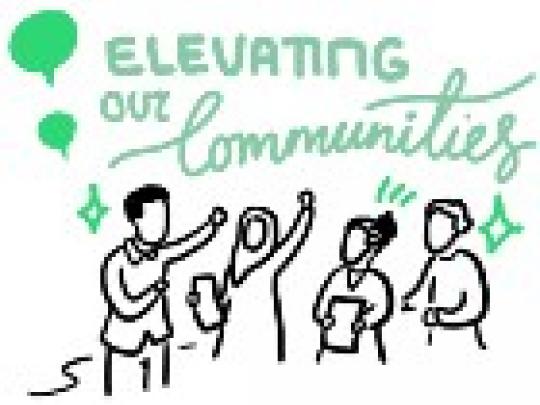
Let young people lead with their ideas
Young people need to see that their ideas are taken onboard and that change happens as a result. For instance, the Youth Advisory Board of Lambeth Council, ELEVATE, lead and shape their own programme and help choose the cultural projects that receive funding.
- Young people know what they need. Listen to their ideas and enable them to manifest those ideas into actions.
- Having youth decision-makers in a council ensures that the council stays in touch with what young people want.
- Seeing a youth presence also encourages other young people take part in the projects, learning new skills through peer-to-peer exchanges.

Provide targeted, clear and holistic support
The Blueprint Collective of young people in Brent gave paid work opportunities to young creatives instead of sourcing external partners. The grassroots live music programme CirKT, which sprang from Kingston’s Cultural Impact Award, supported 50 early career musicians and filled specific gaps in provision for young artists. It offered training in the technical and event management parts of the music industry, mentorship that included honest feedback, and paid performance contracts.
- Design approaches based on what young people need, and not on meeting an organisation’s funding criteria. Young people are not a homogenous group. They thrive when given opportunities that align with their ambitions.
- Value young people’s involvement by ensuring that they are either paid for their time and efforts, or offered useful toolkits in exchange – like debating, leadership and teamwork skills, grants for training or mentorship towards professional opportunities.
- Provide clarity about what young people will get out of the programme (eg. help with applying for jobs, sharing contacts and resources, sponsorship, lending equipment, help with future opportunities).

Design accessible application processes
The Future Creatives and Enterprise programmes in Waltham Forest developed 3 questions applications to identify whether the young person understands the industry they want to develop in, the support they need and what they want to get from the programme.
- When considering who to support, be aware of an individual’s intersection of needs, and look at how many barriers they face.
- Is the 16-25 cut-off a useful one? Another way to advertise could be ‘no more than one or 2 years experience’.
Is the category of ‘young people’ a useful one?
This question arose out of the Seen & Heard project run by the Blueprint Collective, exploring how young people experience public spaces. Their experiences differed hugely along the lines of their different identities, rather than their age. Being young might not always be the defining characteristic of young people.
What’s next?
How do we convince organisations to trust young trustees to bring clarity and a new perspective on boards, as well as young advisors in leadership contexts? How do we centre young voices in policy-making in a post-pandemic world?
The impact of Covid-19 has brought many challenges, but young people are resilient. Their ideas drive significant change in boroughs when given the space and support to flourish. Looking towards the future it’s clear that “we’re best when we’re being bravest”.
Interested in involving more young people in your organisation and planning? Check out the Roundhouse Youth Governance Guide. Or thinking about how you can support young talent? Look at Somerset House’s Upgrade Yourself resource guide.
Blog by Naomi Obeng on behalf of the GLA.
Download Amber Anderson's Live Scribe illustration of the event here.